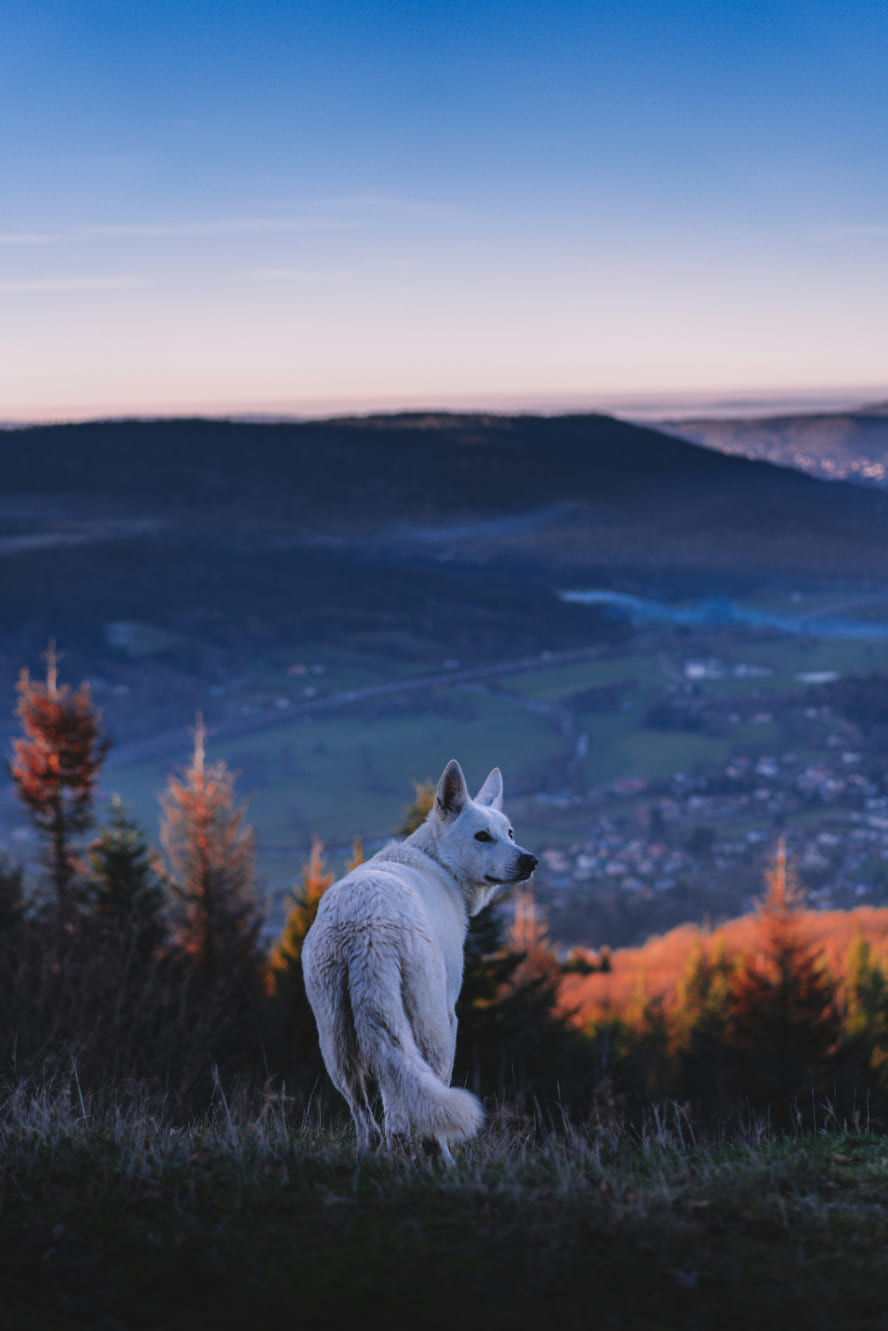
Arctic Wolf: The Ghost of the Northern Forests
The Arctic wolf, often called the "white wolf," is a magnificent predator that roams the boreal forests and tundra of the Arctic Circle. These wolves are perfectly adapted to the harsh, cold environments they inhabit, where temperatures can plummet to -50°C. Their thick, white fur provides insulation and camouflage, blending seamlessly into the snowy landscapes.


